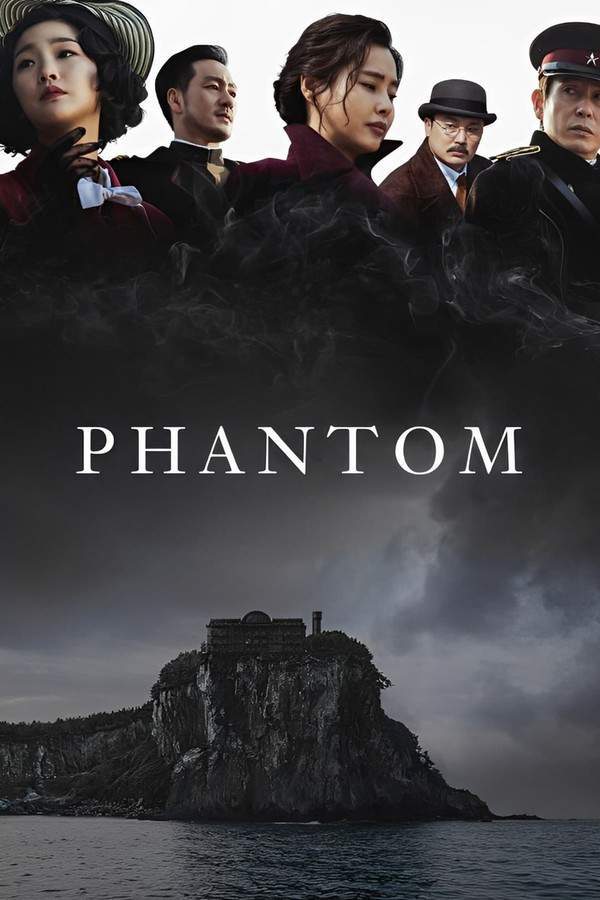
Kamli
A young married woman, living with her blind sister‑in‑law, has spent eight years waiting for her husband’s return. When she nearly drowns in a nearby pond, a mysterious wanderer called Amaltas saves her, irrevocably altering her world. Caught between loyalty to her absent husband and the stirring attraction to her rescuer, she must confront desire and decide whether to resist temptation or succumb to it.
Warning: spoilers below!
Haven’t seen Kamli yet? This summary contains major spoilers. Bookmark the page, watch the movie, and come back for the full breakdown. If you're ready, scroll on and relive the story!
Kamli (2022) – Full Plot Summary & Ending Explained
Read the complete plot breakdown of Kamli (2022), including all key story events, major twists, and the ending explained in detail. Discover what really happened—and what it all means.
Hina Saba Qamar lives with her visually impaired sister-in-law Sakina Sania Saeed in a quiet neighborhood, while her husband Saqlain has been away in Bahrain for eight years in search of better prospects. She waits for his return, day after day, tending to Sakina and keeping routine life intact as the years stretch on. One day, along with a group of neighborhood girls, she visits Zeenat Nimra Bucha, a painter who uses the young women as muses for her art. Zeenat’s life feels unsettled; she and her husband Malik Nadir Omair Rana live without a child, and that tension rides just beneath the surface of their home.
Returning from Zeenat’s house, Hina slips into a lake and is pulled out by a mysterious man named Amaltas Hamza Khawaja. The moment they meet, an instant spark is kindled between them, and a deep connection grows as days pass. Hina finds herself spending most of her time with Amaltas, drawn into a relationship that feels both thrilling and dangerous, offering a sense of being seen after so long in limbo.
Back at Zeenat’s, an aalima speaks of social norms: a woman whose husband is unknown may remarry after four years of Iddah. This idea sparks anger in Sakina, who forbids Hina from working in her house and tightens the circle around her. Soon after, Zeenat returns with a marriage proposal for Hina from her own husband, setting off a cascade of accusations and fear. Sakina lashes out at Zeenat and, in a moment of desperation and suspicion, physically beats Hina, insisting that she has had an affair with Malik Nadir. The accusation exposes the fragility and suspicion that thread through each woman’s life.
Sakina decides to secure Hina’s future by arranging a marriage to Malik Sahab, and she reveals to Hina that Saqlain died in an accident shortly after leaving for Bahrain eight years earlier—a truth she has never fully come to terms with. To keep Hina from leaving, she locks the younger woman inside until the Iddah period ends. Frustration and longing ignite in Hina, and she sets the room on fire with kerosene, forcing Sakina to unlock the door. Hina escapes to elope with Amaltas, only to find his cabin empty and the painted handprints on the door from earlier years no longer there, revealing that he may never have been a real person.
Returning to Sakina, Hina rests her head on Sakina’s lap and asks her to tell the folk tale of Princess Harmala, a moment that threads together memory, myth, and survival. The house slowly burns as Zeenat quietly burns Polaroids, including Amaltas’s photos. Sakina begins to tell Harmala’s tale, while Hina walks toward a small balcony pool and sinks beneath the water in a slow, measured goodbye.
There are two ways to read the ending. In one interpretation, Hina imagined Amaltas, casting herself as the folk-tale figure Harmala, and recognizing that she could swim all along, even without save-or-rescue intervention. In the other interpretation, Amaltas is a ghost who appears to desperate women, offering hope and then vanishing; Sakina’s sense of his presence lingers, hinted at when she detects his scent on Hina, and Zeenat’s final act of burning his photos reinforces the idea that Amaltas never truly existed. The film thus leaves the audience with a haunting question about love, myth, and the power—and fragility—of hope.
Last Updated: October 07, 2025 at 08:27
Explore Movie Threads
Discover curated groups of movies connected by mood, themes, and story style. Browse collections built around emotion, atmosphere, and narrative focus to easily find films that match what you feel like watching right now.
Slow burn psychological dread like in Kamli
Stories where a confined setting and quiet desperation amplify psychological tension.For viewers who liked the oppressive atmosphere of Kamli, this collection features movies with similar slow burn tension and psychological isolation. Discover other films where a claustrophobic setting amplifies a character's internal despair, building to a haunting and ambiguous conclusion.
Narrative Summary
Narratives in this thread typically focus on a character, often a woman, psychologically confined by circumstance, duty, or a physical space. The plot unfolds slowly, emphasizing the weight of their situation and the gradual erosion of their sanity or moral compass, culminating in a release that is often destructive or deeply ambiguous.
Why These Movies?
Movies are grouped here for their shared atmosphere of oppression, their methodical pacing that builds profound tension, and their focus on the internal breakdown of a character under extreme psychological pressure. The overall viewing experience is one of sustained, heavy unease.
Movies with mythic ambiguity like Kamli
Tales where reality blurs with myth, and desire takes a supernatural or psychological form.If you were captivated by the ambiguous nature of Amaltas in Kamli, this thread showcases similar films that blend reality with surreal or mythic elements. Explore stories of desire and temptation where the line between psychological projection and supernatural event is intentionally left unclear.
Narrative Summary
The central pattern involves a protagonist in a state of grief or stasis who encounters an enigmatic force—a person, an event, or a legend—that disrupts their world. The story explores the tension between loyalty and desire, using ambiguity to elevate a personal drama into a meditation on myth, hope, and the power of the unconscious mind.
Why These Movies?
These films are connected by their use of ambiguity as a core narrative device, their exploration of desire through a surreal or mythic lens, and their heavy, melancholic emotional weight. They prioritize mood and thematic resonance over clear-cut explanations.
Unlock the Full Story of Kamli
Don't stop at just watching — explore Kamli in full detail. From the complete plot summary and scene-by-scene timeline to character breakdowns, thematic analysis, and a deep dive into the ending — every page helps you truly understand what Kamli is all about. Plus, discover what's next after the movie.
Kamli Timeline
Track the full timeline of Kamli with every major event arranged chronologically. Perfect for decoding non-linear storytelling, flashbacks, or parallel narratives with a clear scene-by-scene breakdown.

Characters, Settings & Themes in Kamli
Discover the characters, locations, and core themes that shape Kamli. Get insights into symbolic elements, setting significance, and deeper narrative meaning — ideal for thematic analysis and movie breakdowns.

Kamli Spoiler-Free Summary
Get a quick, spoiler-free overview of Kamli that covers the main plot points and key details without revealing any major twists or spoilers. Perfect for those who want to know what to expect before diving in.

More About Kamli
Visit What's After the Movie to explore more about Kamli: box office results, cast and crew info, production details, post-credit scenes, and external links — all in one place for movie fans and researchers.




























